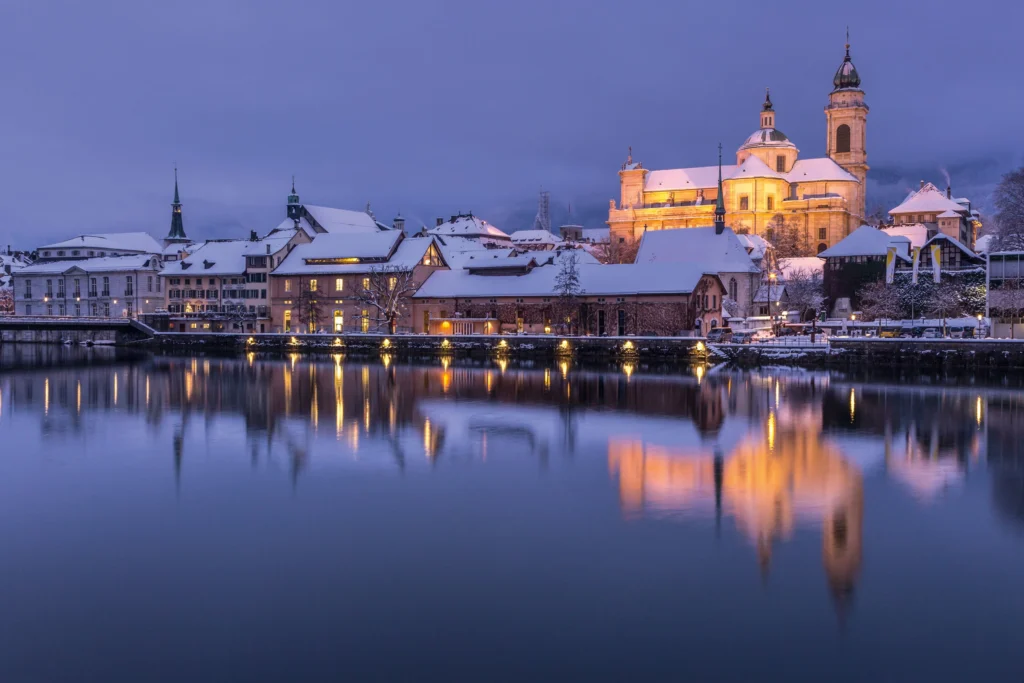
tourwalky
Solothurn, Switzerland’s third-largest city, isn’t the first place you think of when it comes to culinary hot spots around the world. But while Solothurn might not be on the same level as Paris or New York City when it comes to Michelin stars or foodie scenes, that doesn’t mean you should overlook this amazing city’s food culture.
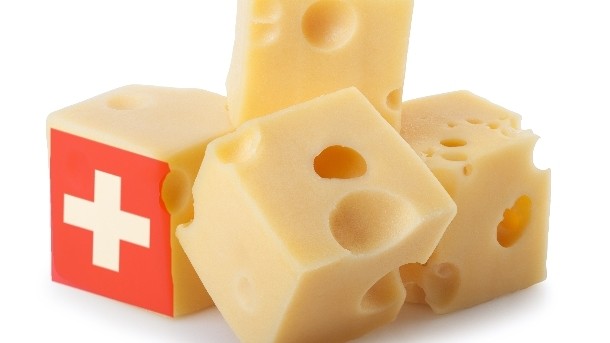
The Swiss like their dairy products
You will find many different kinds of delicious cuisine with a Swiss taste in Solothurn. You can try dishes like Rösti or Fondue and indulge in drinks such as wine or coffee. In our culinary culture you can have an abundance of well-prepared, exquisite main courses from hearty boiled beef to velvety delicious raclette cheese. The famous Raclette Cheese is not only found on mountains but also on kitchen tables all over Switzerland.
This very popular dish is melted on the stovetop, then put onto the table (it’s not just for mountaineers!). There are a variety of sauces that accompany it and you get to choose which ones suit your taste buds best! If you’re still hungry after this meal, no worries because there are more drinks and appetizers waiting for you to enjoy. Your stomach will be full and satisfied after indulging in these traditional foods that have been enjoyed by people from all over the world for centuries.
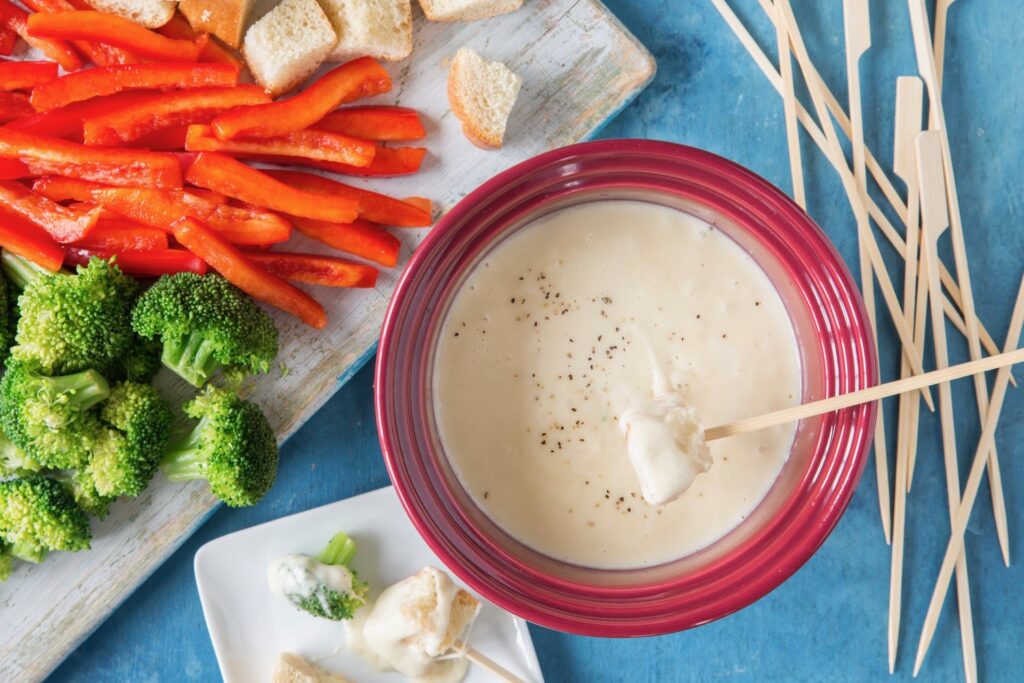
Gröstli – traditional cheese fondue
The most well-known dish in this region is a cheese fondue, or gröstli. This consists of cheese (mostly Swiss varieties such as Emmental or Gruyère) which is heated with white wine and kirsch to a piping hot consistency. The fondue is usually served with bread sticks called fondue chlēssli and grated Appenzeller cheese on top. Main courses are often prepared by roasting meats or boiling sausages and other proteins, typically accompanied by potatoes. Sauerkraut is also common accompaniment for these dishes. As with many other European countries, both white rice and pasta are popular choices for main courses throughout Switzerland, but potatoes are still a staple dish. Meat is eaten regularly, especially beef and pork products. Cheese dominates traditional cuisine, but seafood such as fish, mussels, oysters and shrimp can be found more readily in coastal areas.

Fondue Party
In the late nineteenth century, Switzerland went through a brief famine when its major crops failed, and so cheese became a way to add some variety to many meals. At dinner time, locals enjoy fondue or raclette, where they dip pieces of bread or potatoes in melted cheese that have been blended with wine and spices. Alongside this, it is customary for Swiss people to eat rye bread which is high in fiber and has less gluten than white bread. Asparagus soup is popular during springtime, as well as bratwurst sausages and pork hocks made from winter-cured meat, especially among German speakers who lived near the border with Germany. Noteworthy dishes include Rosti (made from shredded potatoes, onions, egg and bacon), Chnöpfli (small dumplings) with spinach or ham ragout, Semmelknödel (baked yeast dough balls) and Blutwurst (blood sausage). Desserts include Zopf (a braided pastry), Kougelhopf (sweet brioche filled with raisins) and Schokoladentorte (a chocolate cake). The region’s traditional drinks are also worth mentioning: Rivella, an Italian soda drink; Appenzeller Bier, an amber beer brewed in a traditional style; Kirschwiesser (cherry brandy); Apfelsaftschorle (an apple juice mixed with water); and Fendant (sparkling wine made from local grapes).
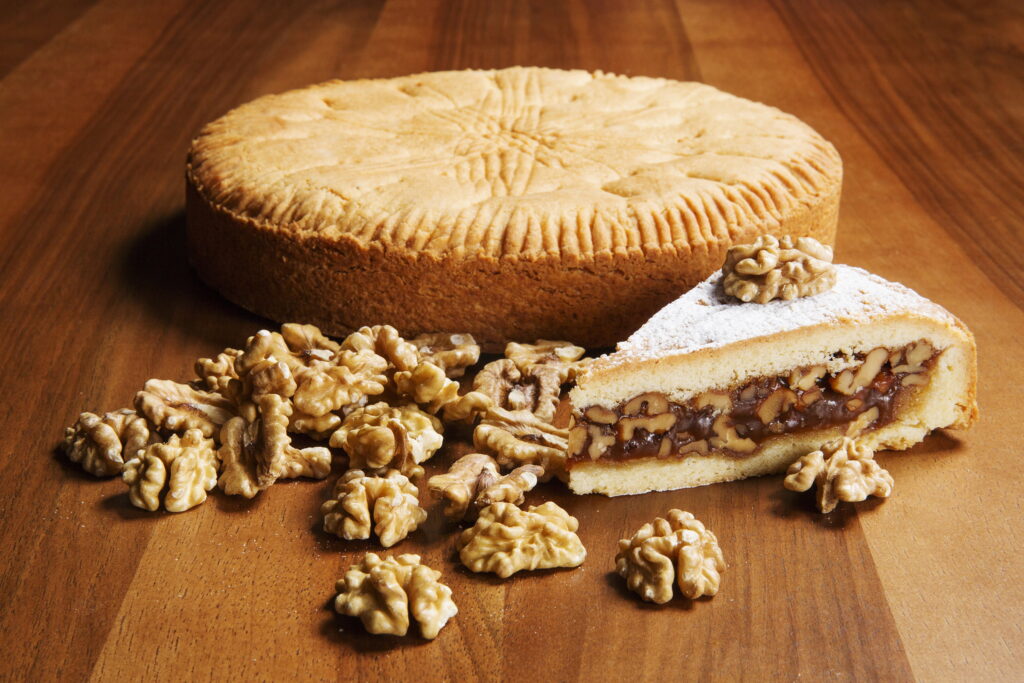
Engadiner Nusstorte – a must-try dessert
The glimmering golden crust and chocolate glaze on Engadiner Nusstorte may be its most iconic attribute, but it’s not the only thing that makes this dessert worth a try. The balance between pastry and cream is remarkable; with a supple biscuit base soaked in butter and sugar and topped with a thick layer of well-sweetened cherry puree. This filling is so flavorful that it does not need any additional flavoring or decorations. In fact, some people even claim to prefer it without the icing! If you like your desserts more traditional, you can also enjoy Engadiner Nusstorte plain – without the cherry sauce. A little cinnamon powder or some lemon zest are both excellent accompaniments for Engadiner Nusstorte. But the possibilities don’t stop there: you can top it with whipped cream, Nutella, marmalade, vanilla ice cream…the list goes on!
An excellent way to experience Swiss cuisine would be at Restaurant Stube Lindenhof in Lüchingen. Their menu includes dishes such as Rösti Fondue, which combines two of Switzerland’s national dishes in one dish. You’ll find fresh cheese from the Alps melted atop crisp fried potatoes and they even offer gluten-free options.
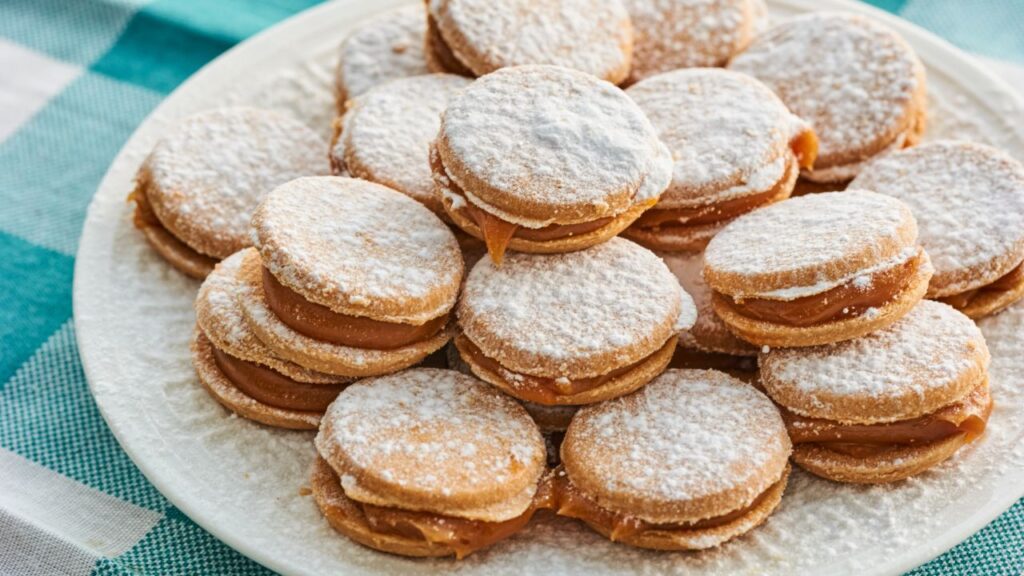
Sweet treats from all over the world
Knowing about your food’s origins is a fascinating way to explore other cultures. This list gives you a glimpse into some of the culinary traditions from around the world that are full of sweet treats like doughnuts, croissants, and mince pies. There are many more sweet treats out there than this, but these are just a few of the iconic ones you can find in different countries. What other international sweets have you tasted? Share with us on Facebook or Twitter! 1) Knoppers – In the Netherlands, these little rounds of crunchy cookie-like dough, flavored with cocoa and covered in powdered sugar, can be found at almost any bakery.
2) Cremeschnitte – These thin, sugary wafers make for a delicious treat in Germany as well as Austria and Hungary. 3) Pandoro – Italy’s most popular Christmas cake, pandoro is often shaped like a pyramid and layered with apricot jam, orange peel, pine nuts, raisins, and candied fruits. 4) Kouign amann – Named after Breton for butter cake, this French pastry consists of layers of flaky pastry folded over butter and sugar before being baked until golden brown.
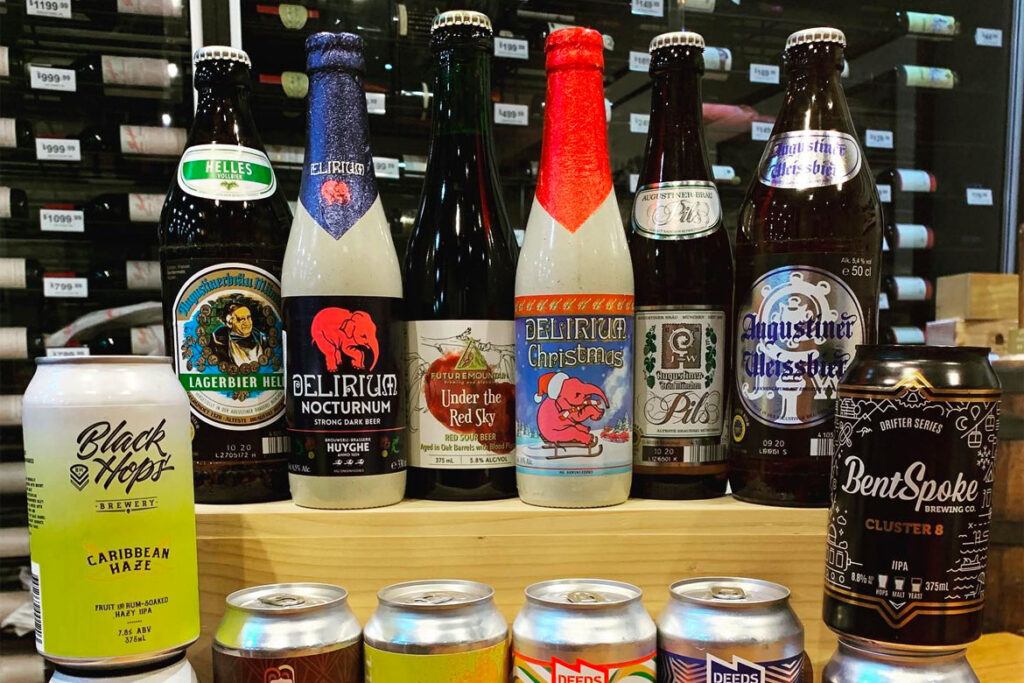
Indulge in local beers, wines, and spirits
Looking for something to pair with your meal? Many restaurants offer a good selection of wines, beers, and liquors. Try local Swiss Chardonnay from Montendres or red wine from Fribourg for a rounder finish. On Sundays, many cities serve an egg brunch that includes beer or wine, so it’s worth looking out for these at the start of your trip. They are perfect when you’re feeling tired after long days sightseeing. If you’re not too tired yet, try walking around town to see what all the cafes have on offer. You’ll find espresso-based drinks like café crème (coffee with milk) and café latte (coffee with hot milk), as well as traditional coffee drinks like cappuccino (espresso with foamed milk). There is also usually a variety of cakes, pastries, tarts, or other sweet treats available if you want to go all in! With such diverse options, it’s easy to make a stop at one of the cafés along Switzerland’s scenic lakesides. For those who enjoy chocolate, there are even some factories where you can visit and buy handcrafted chocolates made right before your eyes.






